- Free Shipping and 100 days free returns.
People have long been fascinated by swords. These exquisite yet lethal weapons have a special position in history and culture, appearing in both contemporary films and ancient wars. Their enduring appeal comes from legends of valiant knights, expert samurai, and formidable Viking fighters. This article will explore eight incredible, little-known sword facts that will Blow your mind Whether you’re interested in history, swords in general, or just wanting to learn more about swords these insights will offer an intriguing look into the world of swords, including some of the greatest blades and the legendary Viking sword
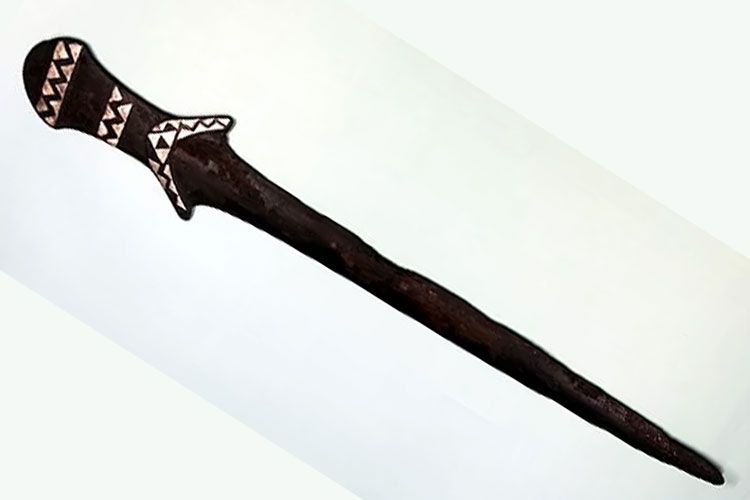
The Arslantepe sword is a unique relic that is the oldest known sword in existence. This antique weapon was found in Turkey and is almost five thousand years old, having been around since 3300 BC. It is made of arsenical bronze and has a grip-friendly hilt and a leaf-shaped blade. For archaeologists, the discovery of the Arslantepe sword was important because it provided priceless insights into the early history of metalworking and the evolution of weaponry.
Damascus Steel is known for its outstanding quality and enigmatic appeal. Damascus steel swords are renowned for their unmatched sharpness and characteristic wavy designs, and they have been appreciated for generations. Damascus steel was made by repeatedly folding and forging the metal, which produced very flexible yet robust sharpest sword in the world These fabled swords are mysterious because the precise methods for making real Damascus steel have been lost to history. Legends of Damascus swords‘ ability to easily cut through other best swords and hold their edge longer have contributed to its legendary reputation. Modern metallurgists are still working to revive the lost craft of crafting the Best swords evocative of Damascus steel from antiquity.
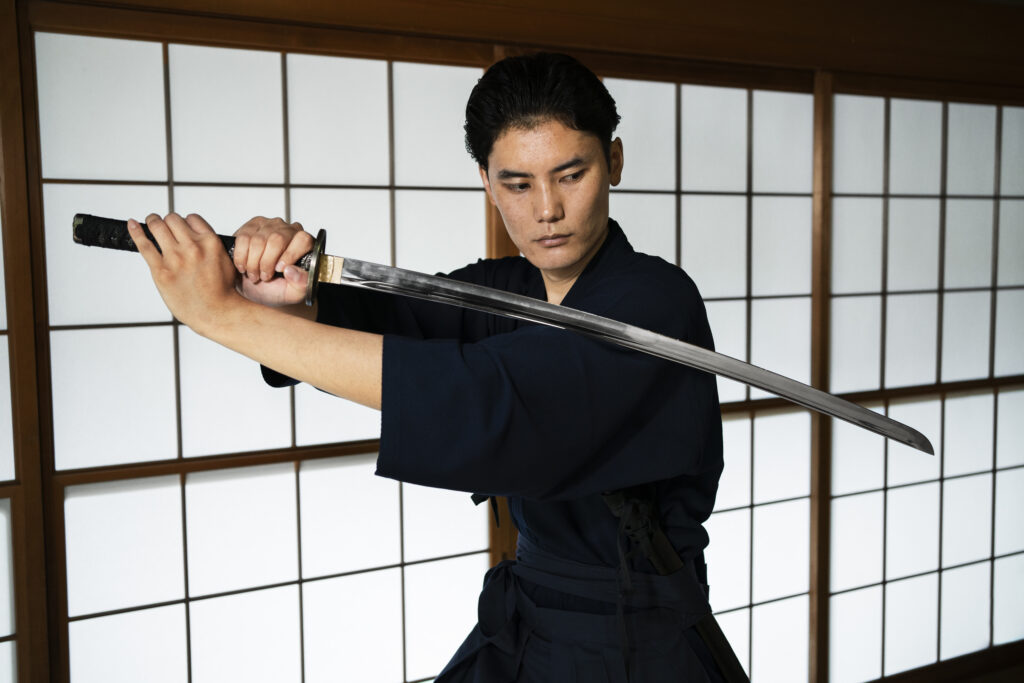
The Katana sword synonymous with samurai culture, is known for its exceptional workmanship and lethal accuracy. The katana sword is a masterpiece of Japanese swordsmithing, distinguished by its curved, slender, single-edged blade, circular or squared guard, and a long handle that may fit two hands. A blade with a strong edge and flexible spine is created by folding steel numerous times, a technique known as traditional forging, a highly esteemed art form. This painstaking workmanship yields a weapon that is robust and extremely keen. One of the greatest swords ever made
One of the most constant legends in Western culture is the story of Excalibur, the sword in the stone. Excalibur, the legendary sword of King Arthur, is said to have been drawn from a stone by him to demonstrate his rightful throne. Another account of the legend narrates how the Lady of the Lake gave Arthur Excalibur. Excalibur is frequently portrayed as possessing mystical abilities, signifying the authority and fairness of God. This fabled sword’s status in popular culture has been cemented by the innumerable tales, novels, and movies it has inspired. The legendary sword of Excalibur illustrates the enduring allure of swords as representations of bravery
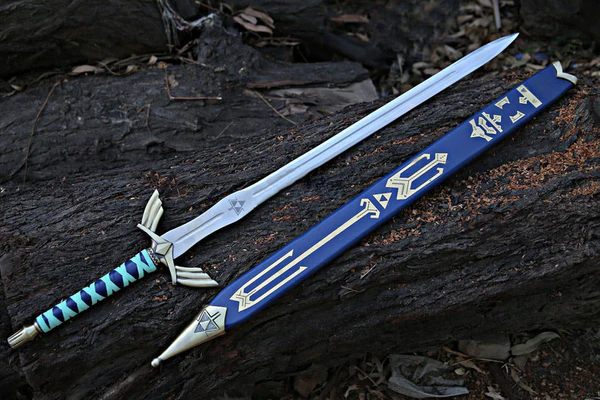
Viking swords are famous reminders of the Viking Age, renowned for their sturdy construction and terrifying combat effectiveness. Usually, these swords had a pommel for balance, a straightforward crossguard, and double-edged blades. Viking swords were significant cultural symbols in addition to being weapons. They frequently had elaborate decorations that represented the warrior’s riches and rank. sharpest sword in the world were highly valued items that were passed down through the generations in Viking society. They were also utilized in funeral rites, where a warrior would be buried with his sword, a symbol of his valor and strength here on Earth and in the hereafter. One of the most intriguing parts of Viking culture is the sword, which combines practical function and symbolic value.
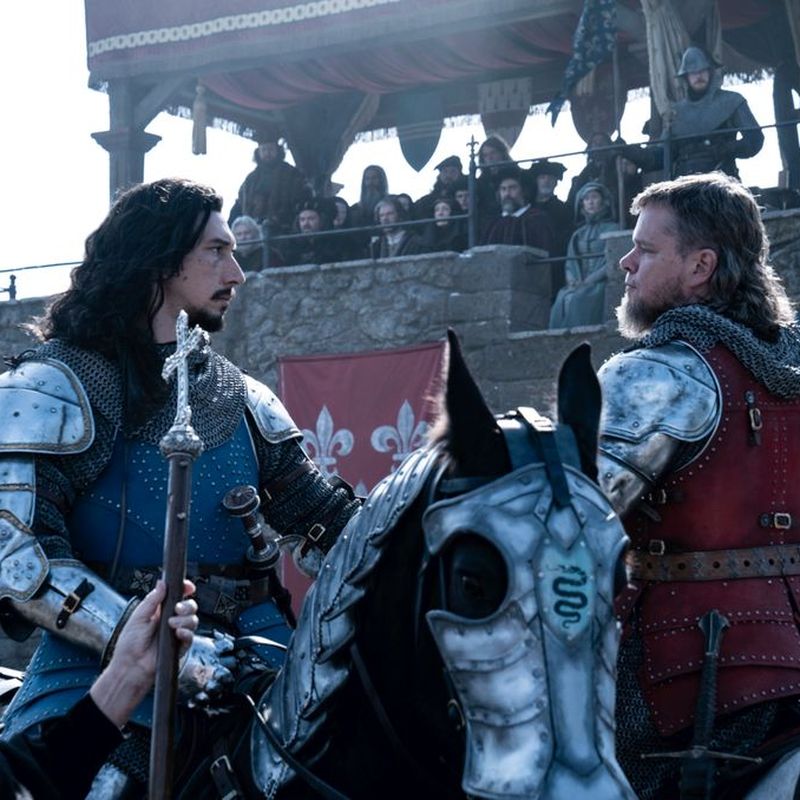
Swords were not only weapons of war but also symbols of honor and justice in medieval Europe. Swords were usually the weapon of choice in duels, which were typically fought to settle scores or protect one’s honor. Strict rules of behavior regulated the processes of these highly ritualized duels. Legendary dueling matches, such as the combat trial between Jean de Carrouges and Jacques Le Gris in 1386, emphasize the significance of best swords in medieval social and legal settings. These spectacular meetings were immortalized in literature and art, and they frequently drew sizable audiences. The use of swords in medieval combat highlights how important they were to the social and cultural structure of the era.
Sword design and fabrication are based on both science and art. Strong, flexible, and sharp edges must be balanced in a sword to be effective. To obtain the desired qualities, the metal is heated, hammered, and cooled during the forging process of a sword. The science of crafting swords has advanced thanks to the use of contemporary materials and methods, producing blades that are more durable and powerful than before. The edge shape, weight distribution, and balance principles, however, are still in line with earlier methods. Knowing the science underlying sword guide helps us appreciate these weapons for what they are—functional instruments as well as artistic creations.
Swords continue to have great cultural and ceremonial significance even if they are no longer the main weapon of choice in combat. Swords have become a common emblem of honor and tradition in military customs nowadays. Appreciating their craftsmanship and historical significance, collectors and fans hold antique swords and replicas in high regard. Swords are commonly used in popular culture, pulling viewers in with their dramatic and recognizable appearance in films, TV series, and video games. Movies like “The Lord of the Rings,” “Star Wars,” and “Game of Thrones” show the lasting attraction of swords by showcasing a variety of them, from the graceful elven blades to the powerful longswords of Westeros.
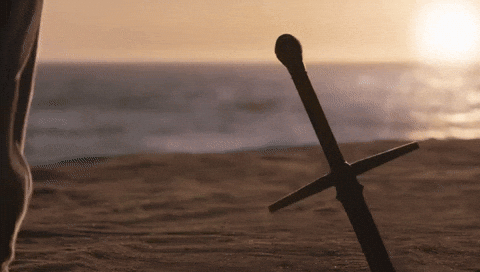
Swords are more than just tools of war; they are representations of strength, creativity, and national identity. These incredible facts provide light on the rich history and ongoing interest in swords, from the legendary Excalibur to the age-old Arslantepe sword, and from the skill of the Katana to the power of the Viking sword. We are reminded of these amazing weapons’ significant influence on history and society when we consider them. Whether you’re more drawn to the grace of a sapphire or the mystery of Damascus steel